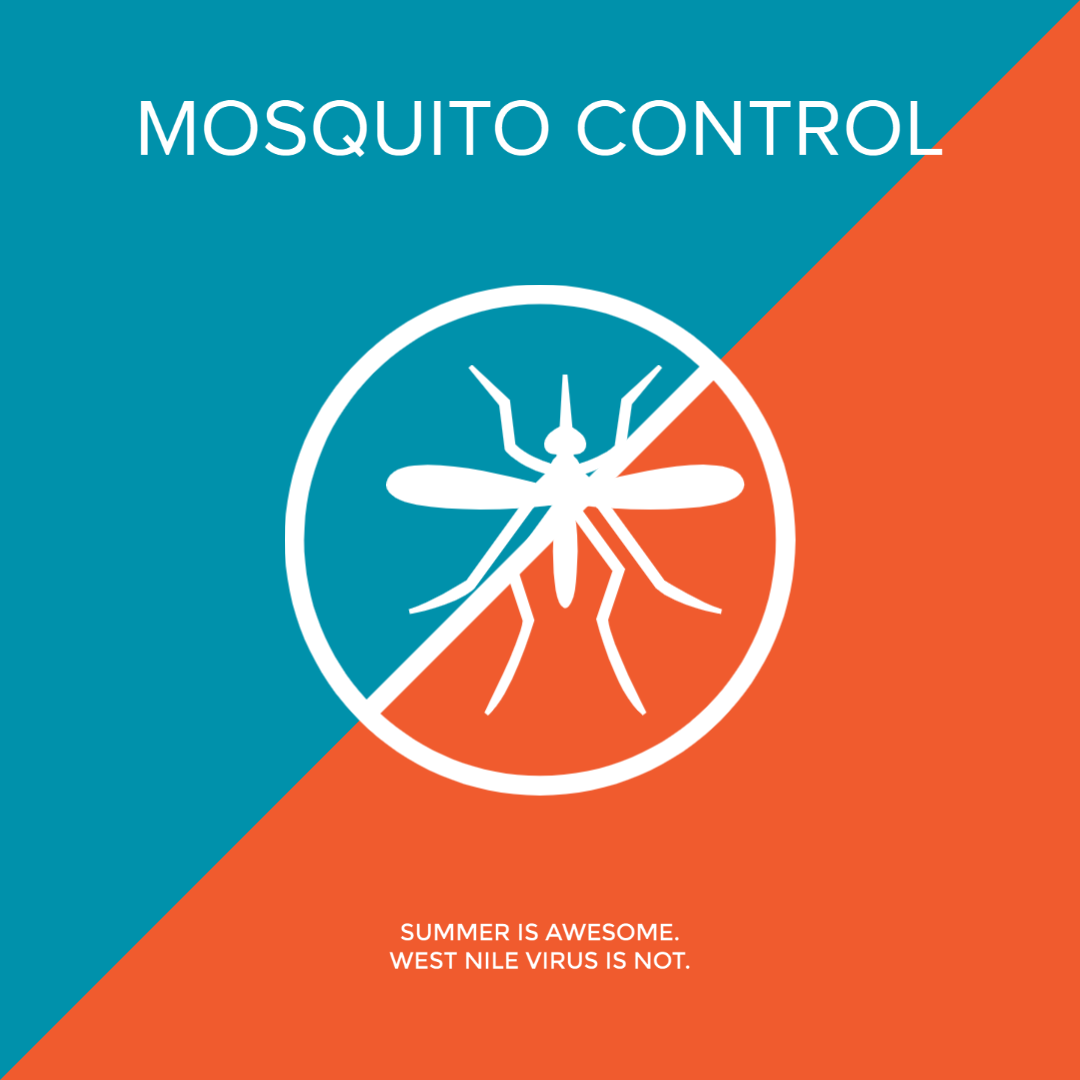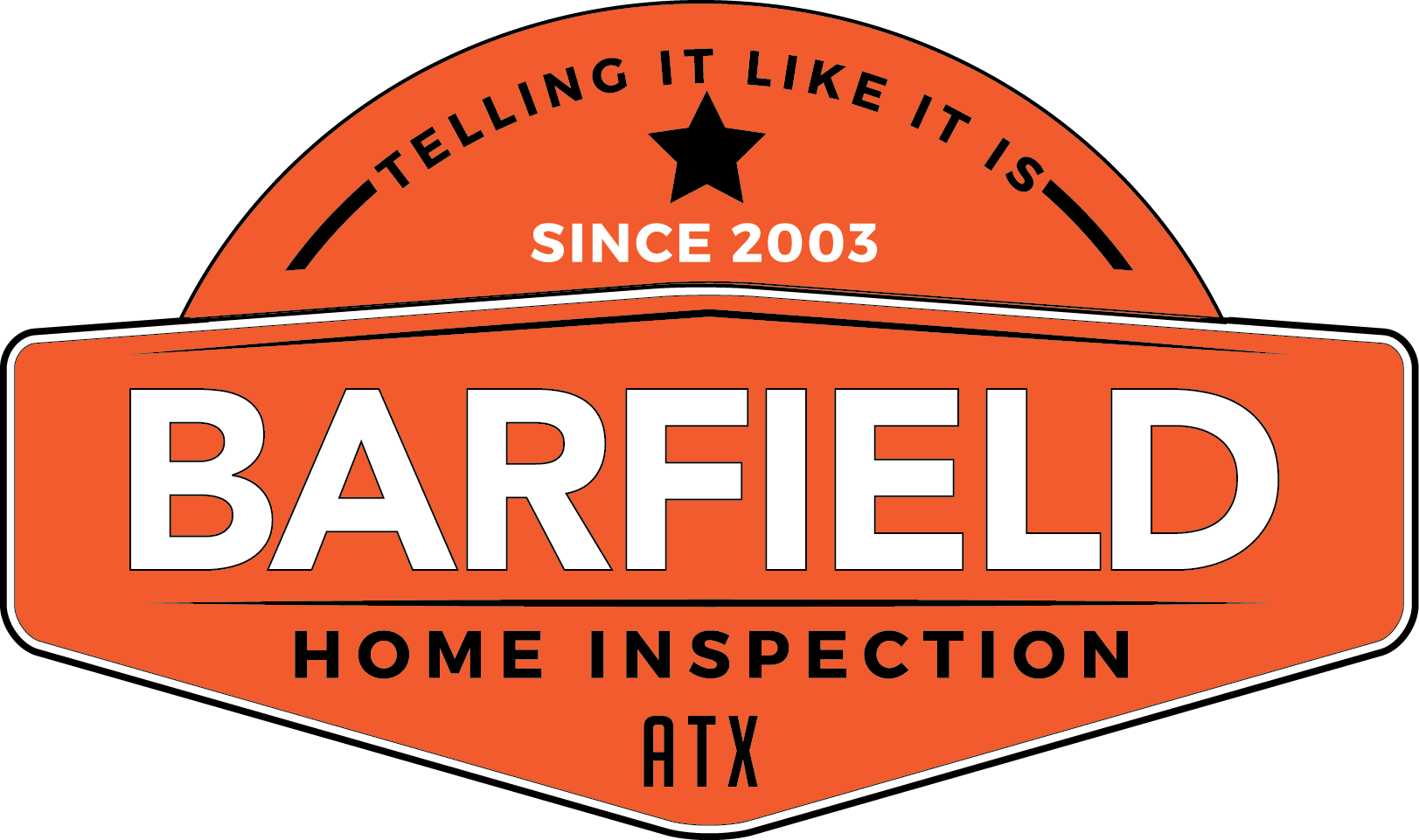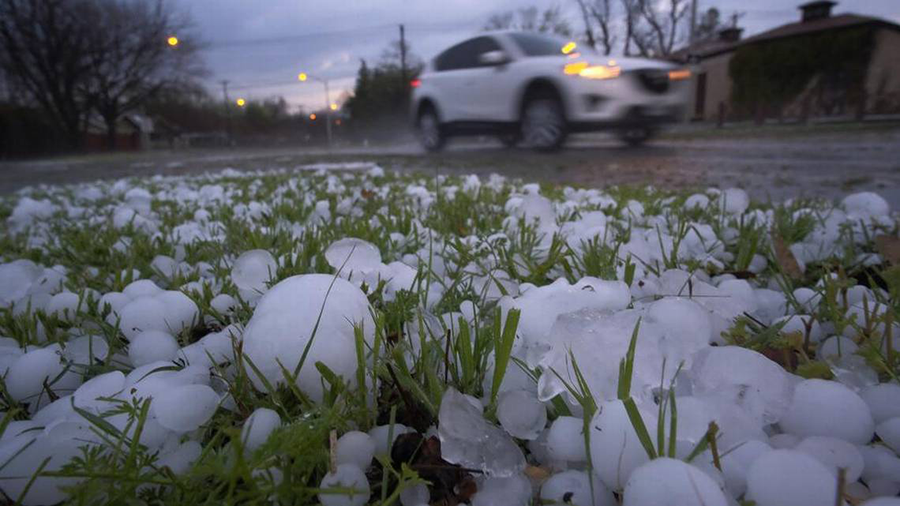
Hey friends! We are well into the dog days of summer, which likely means you’re spending a little more time inside to keep cool and hydrated. That may be a good thing, especially if you live in Central Texas, as new cases of mosquitoes carrying West Nile Virus (WNV) are increasing in our area.
A report released today shows that mosquitoes in Williamson County have tested positive for the virus six times in 2021, and earlier this week Newsweek shared the story of a Houston man who is now paralyzed after contracting the virus from mosquitoes.
With cases on the rise, we want to share a few quick reminders from Texas Health and Human Services about WNV to help protect you and your family:
- WNV is transmitted by infected mosquitoes
- 80 percent of the population will not develop illness from mosquitoes carrying WNV. The 20 percent who do experience symptoms typically develop mild fever, headaches, body aches, and a rash.
- One in 150 people infected with WNV develop more serious symptoms that may affect the brain and spinal cord. Signs of complications include high fever, neck stiffness, disorientation, convulsions, muscle weakness and paralysis.
With confirmed cases of the virus in Central Texas, here’s what you can do to protect your home and family this summer:
- Remove standing water outside your home. Vessels like bird baths, buckets, trash cans, pet water bowls, flowerpot saucers, and rain barrels make a perfect breeding ground for mosquitoes to lay eggs. Empty water once a week, and scrub, turn over, or throw out these containers whenever possible.
- Use Environmental Protection Agency (EPA)- registered insect repellant, with one of the ingredients below recommended by the Centers for Disease Control and Prevention:
- DEET
- Picaridin (known as KBR 3023 and icaridin outside the US)
- IR3535
- Oil of lemon eucalyptus (OLE)
- Para-menthane-diol (PMD)
- 2-undecanone
Finally, take a few preventative measures around your home to help ward off an infestation: Use air conditioning if possible (change those filters, folks!) or use screens in windows and doors to keep mosquitoes outside.
Summertime is one of the best times to embrace the Texas outdoors, but it’s best to do it safely. Follow these tips and join the conversation on Instagram and Facebook for more insight from our home inspection team. Stay safe, Central Texas!










